VA, NC, MD & DC
(804) 355-7255
- Industrial Hygiene Services
Industrial Hygiene Services
Industrial Hygiene Services for Job Sites in VA, MD, DC & NC
Protecting Worker Health Through Expert Evaluation and Controls
Circle Safety & Health Consultants offers comprehensive industrial hygiene services to help organizations across Virginia, Maryland, North Carolina, and Washington, D.C. identify, evaluate, and control workplace health hazards. From chemical exposure to noise and air quality, we deliver scientifically sound solutions tailored to your work environment.
Our team is led by Certified Industrial Hygienist Amy Daniell, who brings over 30 years of experience in manufacturing, mining, and laboratory environments. We only utilize CIHs for industrial hygiene evaluations, ensuring your results are defensible, actionable, and fully compliant with OSHA and industry standards.
Our certified consultants help ensure a safe and compliant workplace through detailed evaluations, accurate reporting, and actionable guidance.
What Is Industrial Hygiene?
Industrial hygiene focuses on the anticipation, recognition, evaluation, and control of environmental factors in the workplace that may cause illness, discomfort, or impaired health.
- Chemical Hazards: Exposure to solvents, fumes, dusts, mists, and gases.
- Physical Hazards: Noise, vibration, heat, and cold.
- Biological Hazards: Exposure to bacteria, viruses, mold, or bloodborne pathogens.
Our Industrial Hygiene Capabilities
We provide support across both General Industry and Construction settings. Whether your needs are proactive, investigative, or compliance-driven, our CIHs can help with:
- IH Exposure Evaluation: Sampling for airborne chemical or biological contaminants or physical hazards such as noise, vibration, heat, or light.
- IH Program Development: Recommendations and mitigation plans for IH-related risks.
- Compliance Support: Assistance with OSHA standards, VOSH, and MSHA rules.
- IH training: OSHA or MSHA compliance training or site-specific instruction aligned with health hazard exposures.
Common IH Projects We Perform
- Noise dosimetry and sound level mapping
- Welding fume monitoring (including hexavalent chromium)
- Respirable crystalline silica sampling
- Monitoring for metals (lead, cadmium, arsenic, beryllium)
- Organic compound sampling (e.g. methylene chloride, VOCs)
- Indoor air quality investigations
- Ergonomic evaluations
- Vibration studies
- Real-time monitoring of workplace contaminants
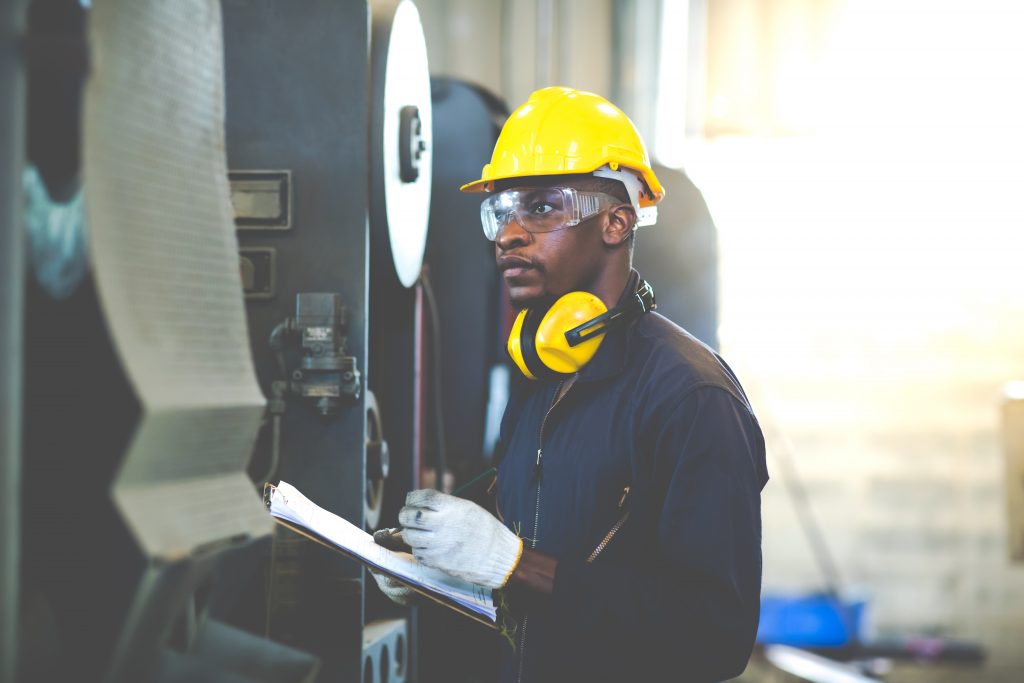
IH-Related Training Services We Offer
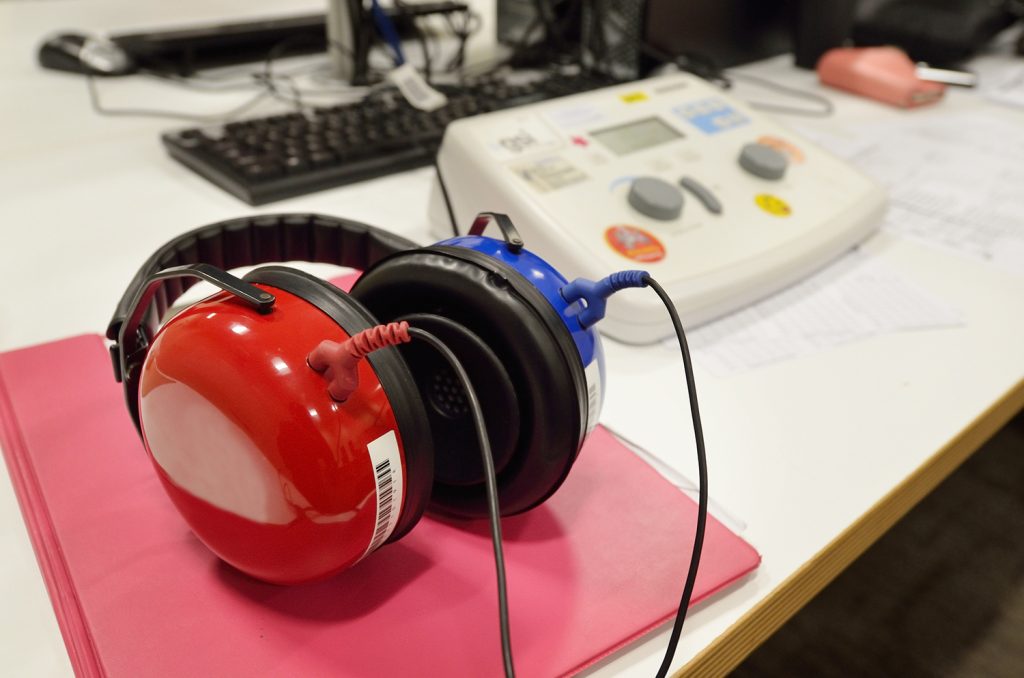
Hearing Conservation Training
- OSHA 1910.95 Noise Standard compliance requirements
- Review of audiometric testing results
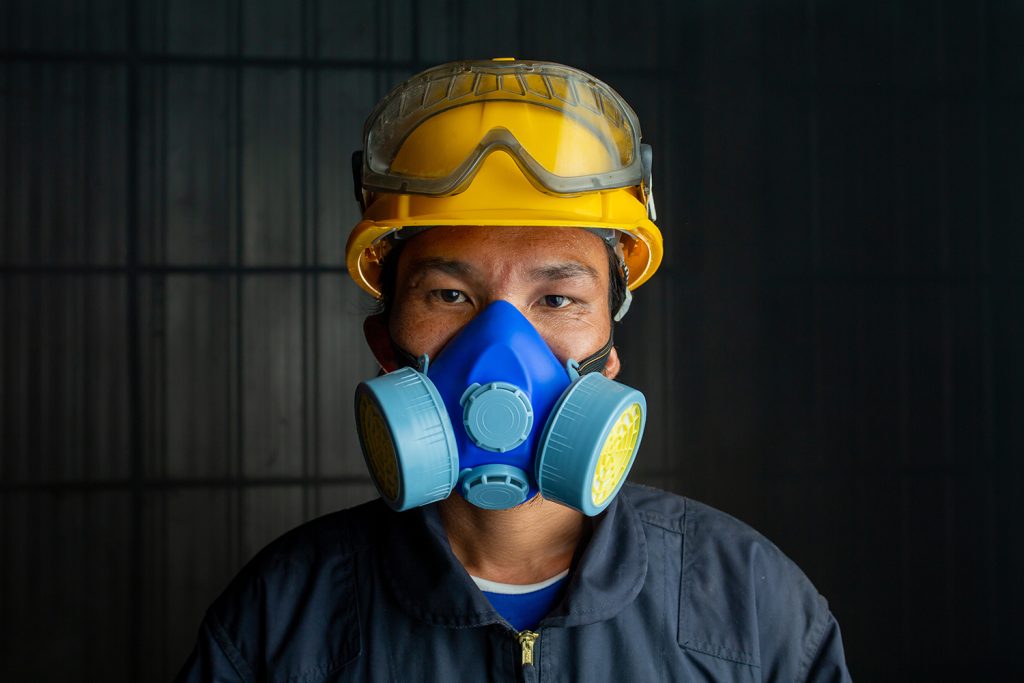
Respiratory Protection Training
- Respirator types and correct usage
- Fit testing (qualitative and quantitative)
- Contaminant hazards triggering respirator use
- OSHA 1910.134 Respirator Standard Compliance

Hazard Communication Training
- Understanding chemical hazard classifications
- Reading SDSs (Safety Data Sheets) and using labeling systems
- Site-specific chemical hazard training
- OSHA 1910.1200 Hazard Communication Standard compliance
Related Health Programs & Services
- Audiometric Testing – Organize OSHA required hearing tests
- Written Respiratory Protection Programs – OSHA-mandated documentation for respirator use including site specific respirator selection
- Silica Competent Person Training – Required for construction under OSHA 1926.1153; supports safe handling and monitoring of respirable crystalline silica
- Asbestos Awareness Training – Critical for maintenance, custodial, and construction workers potentially exposed to asbestos-containing materials
- Lead Awareness Training – Helps meet EPA and OSHA requirements where lead-based paint or lead exposure is a concern
- Chemical Hygiene Plans (CHP) – Required for laboratory environments
- Ergonomic Risk Assessments – Evaluation and control of musculoskeletal hazards
- Indoor Air Quality (IAQ) Investigations – Assessment of HVAC function, particulates, and airborne pollutants
- Hazard Communication Programs – Written documentation to support employee right-to-know These services may be offered as standalone support or bundled into a broader health and safety initiative.
What to Expect During an IH Evaluation
When you engage Circle Safety for an industrial hygiene evaluation, our goal is to provide a smooth, efficient, and minimally disruptive experience for your team. Here’s what to expect at each stage of the process:
Scheduling & Timeline
We typically schedule IH evaluations 3–6 weeks in advance, but expedited appointments may be available. After sampling, lab analysis usually takes 2–4 weeks. Our team compiles the data with site observations into a clear, actionable report—generally delivered within 3–4 weeks of the sampling date.
Sampling & Monitoring
Depending on the hazards involved, your employees may wear personal monitoring equipment during normal work activities. This could include:
- Noise dosimeters
- Air sampling pumps
- Passive badge
Our Certified Industrial Hygienist (CIH) will visit the work area periodically to observe, collect data, and speak with workers (with permission). Photos may be taken to document tasks or equipment, if allowed.
Evaluation & Results
Our team compares exposure levels to OSHA limits and best-practice guidelines. Results help determine whether exposures are within acceptable ranges or if corrective action is needed.
If overexposures are found, your report will include:
- Recommended engineering and/or administrative controls
- Timelines for regulatory compliance
- Guidance on next steps (including potential retesting)
Retesting & Follow-Up
Resampling may be required if exposures exceed OSHA’s or MSHA’s permissible exposure levels or action levels—for example, with respirable crystalline silica. Even in the absence of a regulatory requirement, we recommend retesting every few years to ensure control measures remain effective.
Why Choose Circle Safety & Health Consultants for Construction Safety?
- Certified Expertise: Our work is conducted exclusively by Certified Industrial Hygienists.
- Full Service Capability: From monitoring and compliance to training and program development.
- Clear, Actionable Results: No vague recommendations — our reports give you precise steps.
- Trusted by Diverse Industries: From government to manufacturing, we’ve seen it all.
Get Industrial Hygiene Help in Virginia, North Carolina, D.C., and Maryland
Circle Safety & Health Consultants provides industrial hygiene services to clients throughout Virginia, North Carolina, Washington D.C., and Maryland, including Richmond, Norfolk, Roanoke, Raleigh-Durham, Charlotte, and Baltimore. Whether you need an indoor air quality investigation, chemical exposure sampling, or OSHA-compliant training, our team can help.
Let’s protect your people and ensure compliance.
Memberships & Associations
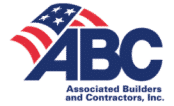

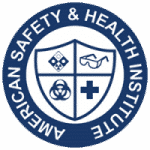


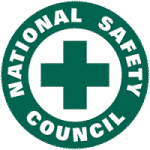
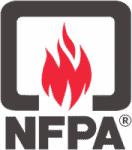
Footer #3 Widget
This is an example of a widget area that you can place text to describe a product or service. You can also use other WordPress widgets such as recent posts, recent comments, a tag cloud or more.
Footer #4 Widget
This is an example of a widget area that you can place text to describe a product or service. You can also use other WordPress widgets such as recent posts, recent comments, a tag cloud or more.
Circle Safety & Health Consultants © 2025 | Privacy Policy | Sitemap
